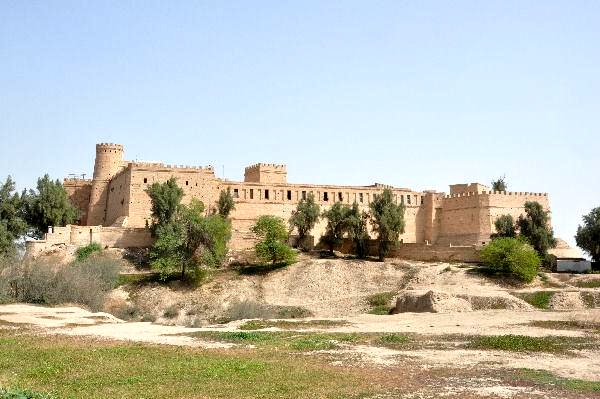The scheme on converting Shush-Andimeshk Bridge in Khuzestan Province into an underpass does not jeopardize the security of the UNESCO-inscribed Shush archeological site, a senior heritage authority said.
The plan, which was first proposed in 2010 and launched in mid-December, has raised concerns among authorities who believe the project might endanger the structures, CHTN reported.
However, those defending the underpass plan argue that any possible ancient structure in the vicinity of the road had already been demolished in earlier urban development projects, so the plan will cause no problem.
Hossein Arastouzadeh, the head of Shush World Heritage Base, also assured that “the plan will not violate rules on heritage sites’ buffer zones”.
“There is no reason to worry because the underpass is at a safe distance from the sites,” he said.
The Society for Iranian Archeology had objected to the plan, asking the Roads and Urban Development Minister Abbas Akhoundi in a letter to not encroach on the precincts of Shush.
Heritage officials maintain that the underpass is likely to pose risks and that the most logical alternative to address the city’s traffic jam is to build a beltway going around the Shush historical texture.
Reportedly, studies using geophysical and ground-penetrating radar were conducted by archeological experts and it is now up to the Research Institute of Cultural Heritage and Tourism to decide whether to build an underpass or a ring road based on the results.
Although the construction of the underpass has been suspended at present, the bridge is being demolished and the operations of heavy vehicles and loaders are believed to be posing a threat to the site.
According to official data, the designated territory for the historical city was defined in 1999 and approved by ICHHTO in 2013.
Covering about 350 hectares, Shush constitutes one of the world’s largest archeological sites. It was formed on the bank of Sha’ur River and has been inhabited from the 4th millennium BC until the 8th century.
During this period, it was the capital of the Elamites and subsequently the Achaemenians for some 2,800 years.
Since about 150 years, the French Archeological Mission and then Iranian archeological teams have carried out excavations there, retrieving artifacts, buildings and objects from various periods, and most importantly, deriving knowledge about Elamite history and culture.


